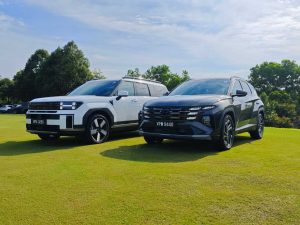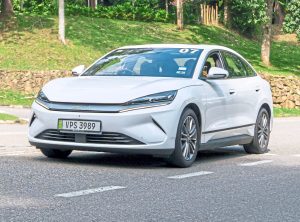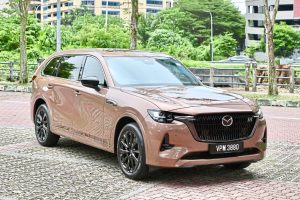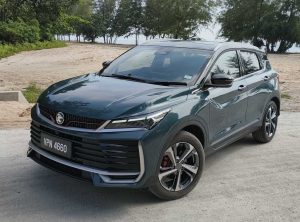KUALA LUMPUR: It is still a bumpy road ahead for a significantly higher and more meaningful uptake in the electric vehicle (EV) adoption in Malaysia.
This is due to the various factors that is affecting the current EV manufacturing supply chain internationally, coupled with the high acquisition costs of such vehicles locally since these are imported and priced in US dollar, say industry observers.
However, they generally opined that there have been some progress on the infrastructure front with several parties such as Tenaga Nasional Bhd (TNB), which is building chargers along key highways nationwide.
“We play a major role (in building the chargers) because electricity is going to be the fuel for the EVs and without it, they cannot run on the roads.
“Being the biggest electricity provider in Malaysia, this role is becoming even more important,” said TNB’s project director for EV, Mohd Junaizee Mohd Noor, at the second series of Invest Malaysia – The Road to EV organised by Bursa Malaysia and Macquarie here yesterday.
“TNB is going to be very actively involved in the infrastructure side of things.
“Soon you will see a network of TNB chargers along the highways and the major trunk roads, which we hope will support the proliferation of EVs in Malaysia.
“Along the North-South Expressway, there are only about six or seven chargers now and this will soon grow to almost 20 by the end of this year,” Junaizee added.
Despite a growing charging infrastructure, he said there were other challenges to the wider adoption of EVs in the country.

“The prices of EVs are high – but we also need to look at the overall lifecycle costs compared to the internal combustion engine vehicles.
“It may be a bit more expensive (initially) but the savings will be there as the vehicle is used in the long run,” Junaizee said.
Meanwhile, Green EV Charge Sdn Bhd chief operating officer Huzaimi Nor Omar said the high starting price point for EVs is the biggest barrier for widespread adoption of these vehicles now.
“According to the Invest Malaysia forum’s survey, people are very sensitive to the price point of these vehicles.
“When I was doing a study previously, we did a pricing profile of car buyers – for RM150,000, it actually consists about 25% of the Malaysian market while for more than RM200,000, it is about 5%.
“And most of the EVs today are actually priced above RM200,000,” Huzaimi said.
He said it is necessary to move this price point lower to make EVs more affordable to the masses.
“If we can go to RM70,000 or less, this actually covers close to 50% of the Malaysian market. With additional incentives and policies to support this, we can perhaps get more demand for EVs on the road,” Huzaimi added.
Junaizee of TNB noted the challenges of sourcing for commercial EVs in Malaysia, as there is not much supply of such vehicles.
“For TNB, 35% to 40% of our vehicles are pick-up trucks and service vans but there are not many choices at this point in time.
“Perhaps the International Trade and Industry Ministry can do something to attract EV makers that can also make commercial vehicles.
“In Malaysia, there are a lot of logistics companies and there is a good potential for them to convert their fleet to EVs but there is no supply of such vehicles,” he added.
According to Proton Holdings Bhd deputy chief executive officer Roslan Abdullah, many people were expecting Proton’s EVs to be priced cheaper, especially with its exclusive partnership with smart Automobile Co Ltd.
“This is indeed a challenge for us when we made an announcement earlier on the smart #1, as most of our customers are expecting it to be below RM150,000 but actually it is way above that figure.
“But also note the maintenance of an EV is cheaper by some 70%, based on studies conducted. So although the initial investment outlay is high, the maintenance costs are lower,” Roslan said.
He also said the potential price of the car would be determined by what the mileage range the EV’s battery could provide.
Macquarie’s Malaysian automotive analyst Danial Razak, meanwhile, noted that batteries made up some 30% to 40% of the total EV costs at present.
Macquarie’s technology and battery materials analyst Sonny Lee said it was necessary to have more localisation of the EV supply chain, especially for battery manufacturing, to bring down the overall costs of these vehicles.
Lee also noted there have been supply chain hiccups in the manufacturing of EV batteries due to the unavailability of some raw materials
“For the manufacturing of EV batteries, we need lithium, nickel, copper, manganese and graphite.
“What is of concern here is lithium as the mines are concentrated in Latin America and Australia – and the refineries are largely in China.
“The tension between the United States and China is leading to supply shortages in both the mining and refining areas,” Lee added.












